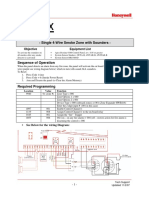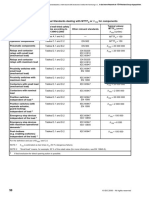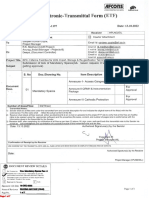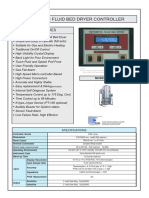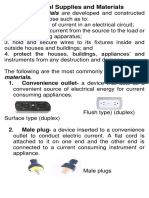0% found this document useful (0 votes)
21 views4 pagesSchool Project
The document discusses the function and importance of transformers in electricity distribution, specifically their role in stepping up and stepping down voltage for efficient transmission. It outlines an experiment to investigate the relationship between input/output voltage ratios and the number of turns in primary and secondary coils of a self-designed transformer. The procedure includes materials needed, theoretical background, and a series of observations based on different configurations of coil turns.
Uploaded by
sijilsubash20Copyright
© © All Rights Reserved
We take content rights seriously. If you suspect this is your content, claim it here.
Available Formats
Download as DOCX, PDF, TXT or read online on Scribd
0% found this document useful (0 votes)
21 views4 pagesSchool Project
The document discusses the function and importance of transformers in electricity distribution, specifically their role in stepping up and stepping down voltage for efficient transmission. It outlines an experiment to investigate the relationship between input/output voltage ratios and the number of turns in primary and secondary coils of a self-designed transformer. The procedure includes materials needed, theoretical background, and a series of observations based on different configurations of coil turns.
Uploaded by
sijilsubash20Copyright
© © All Rights Reserved
We take content rights seriously. If you suspect this is your content, claim it here.
Available Formats
Download as DOCX, PDF, TXT or read online on Scribd
/ 4































































